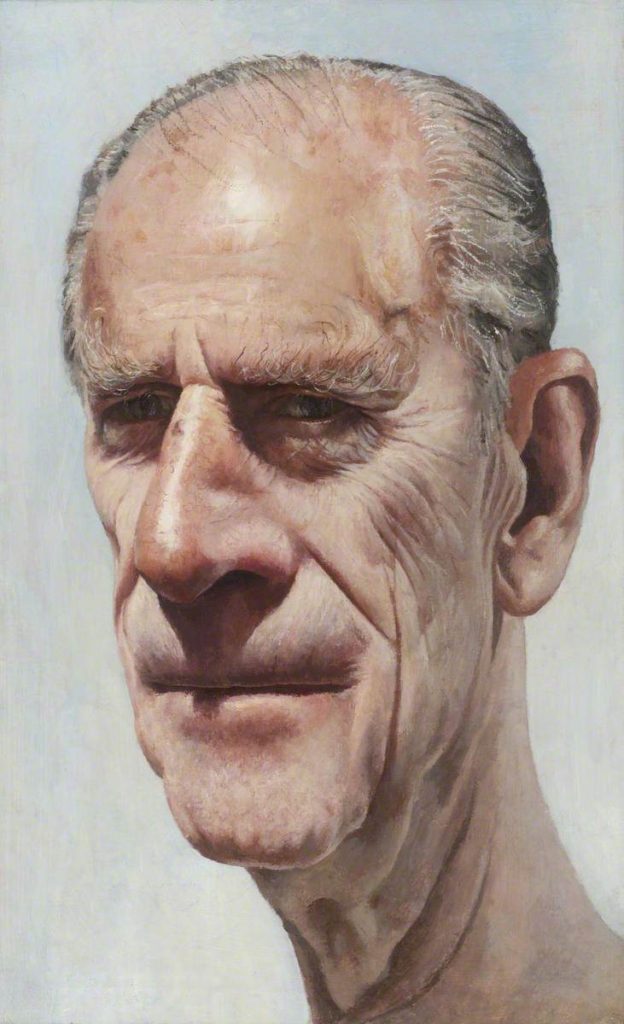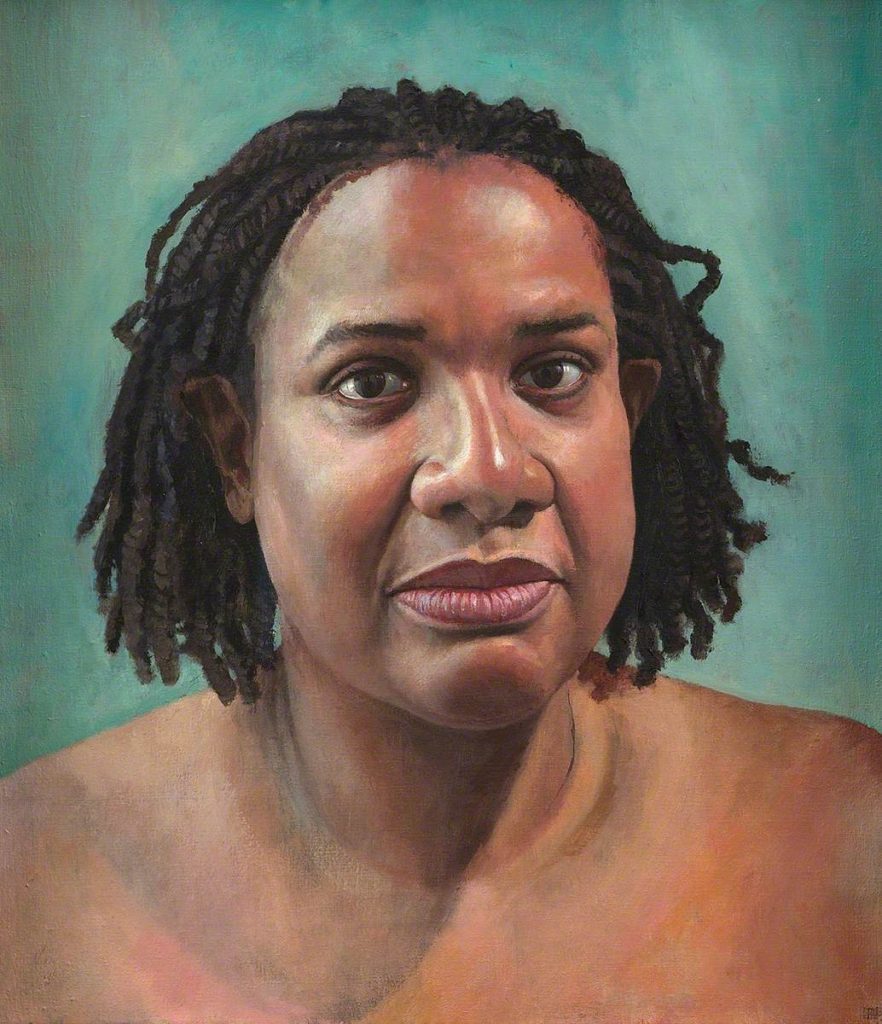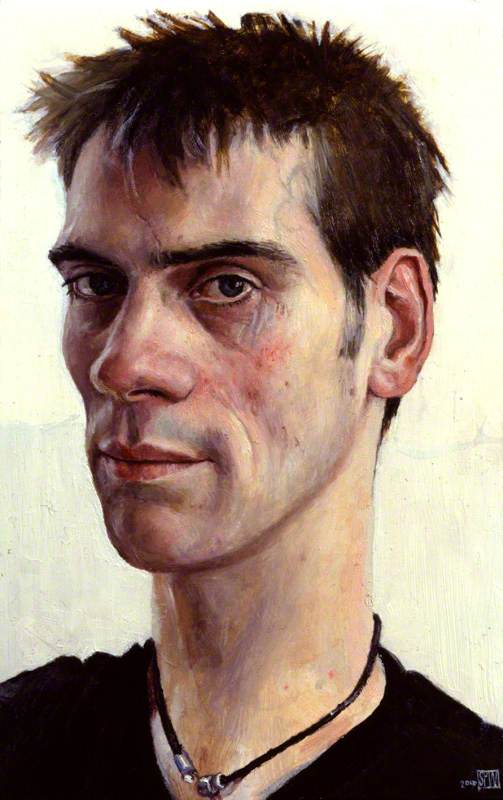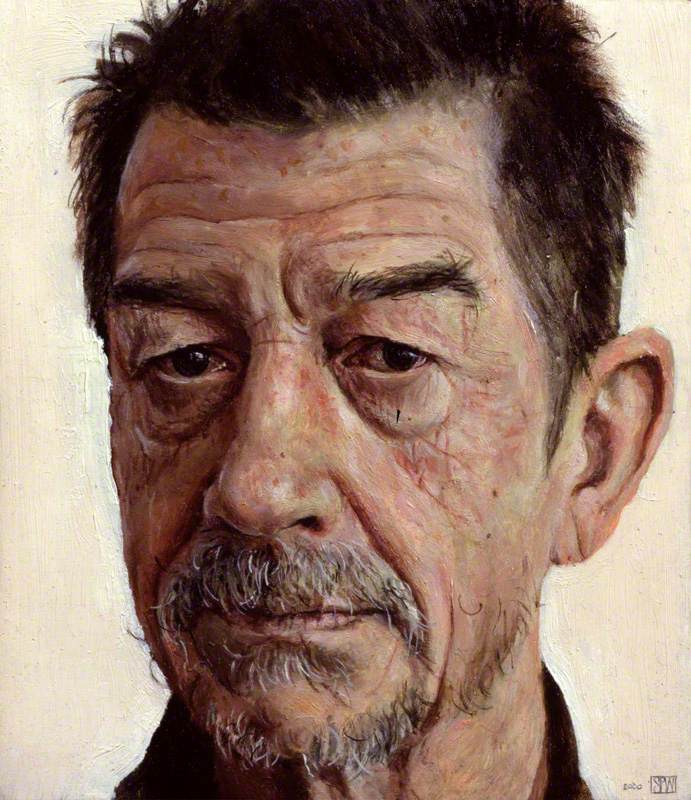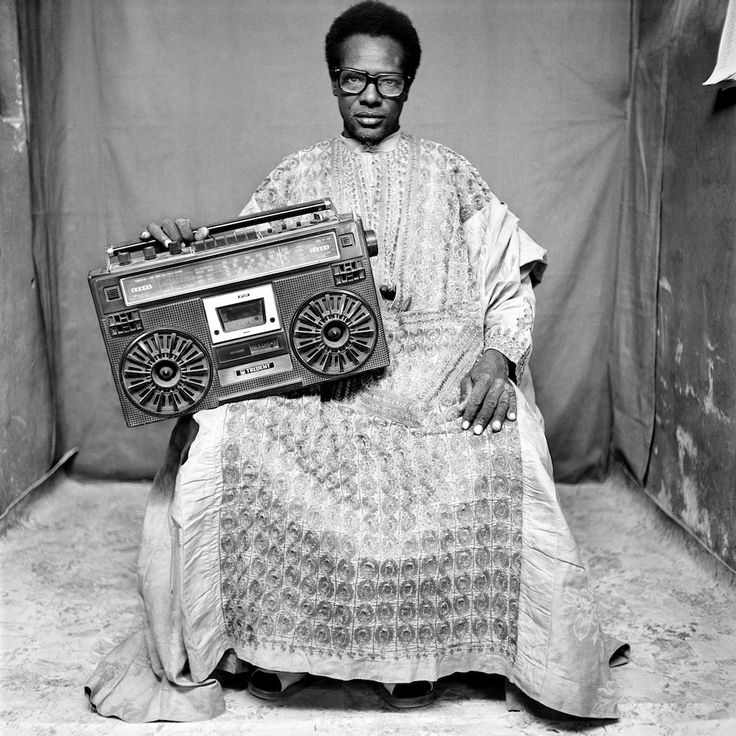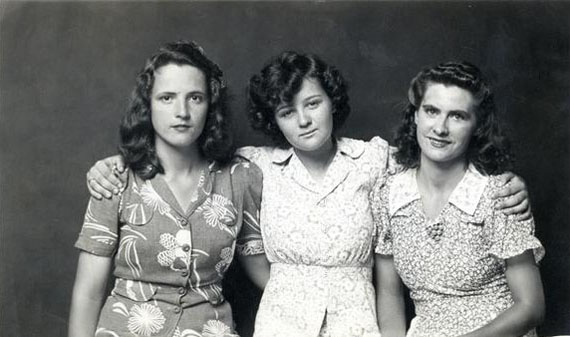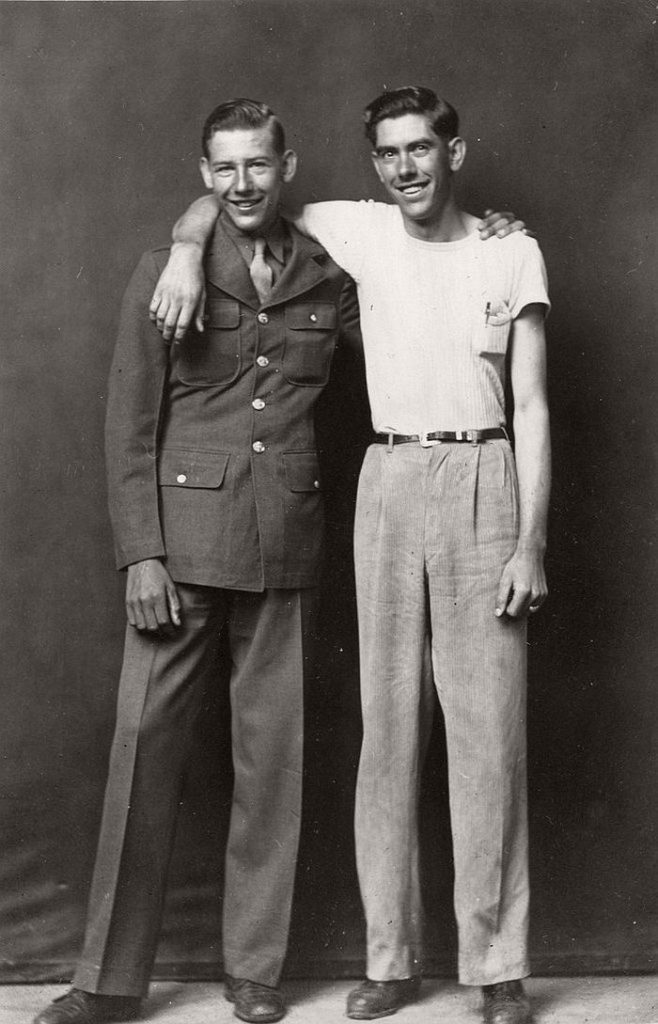Stuart Pearson Wright
Wright plans a move away from portraiture, yet his projected subjects remain bound up with the enigma of his own identity and origins.
“People say I make my subjects look sad or old. I suppose I do instinctively either bring out of them, or project on to them, something rather melancholy.”
Wright explores identity of other people out of his own isolation. His obsession with portraiture formed out of never meeting his father, he was born as the result of artificial insemination.
Seydou Kaita
https://www.all-about-photo.com/photographers/photographer/125/seydou-keita
https://www.guggenheim.org/artwork/artist/seydou-keita
‘Serving elite and middle-class patrons, his images often highlight the idealized or imagined socio-economic status of his sitters through the inclusion of props: cosmopolitan clothing and accessories, radios, telephones, bicycles, and sometimes his own car. To formalize the outdoor setting, Keïta regularly employed richly patterned backdrops that add movement and visual energy to his images and used a low vantage point and angular composition to highlight his clients’ confident facial expressions and relaxed postures. ‘
Rachel Whiteread

https://www.theartstory.org/artist-whiteread-rachel.htm
https://www.tate.org.uk/whats-on/tate-britain/exhibition/rachel-whiteread
‘One of Britain’s leading contemporary artists, Whiteread uses industrial materials such as plaster, concrete, resin, rubber and metal to cast everyday objects and architectural space. Her evocative sculptures range from the intimate to the monumental. ‘
Mike Disfarmer
(1884–1959) Portrait photographer from Arkansas in America, he captures harsh realism is rural parts of the country for 40 year. He lived a reclusive lifestyle only making human contact when taking hid photos. After leaving his family farm and changing his name to Disfarm as a form of rebellion he taught him self how to take and develop photos even building his own studio. He would charge 25-50 cent for a penny portrait which people from the community would buy as tokens to give to family and friends. He photographs, individuals sometimes groups generally with a natural expression not posing or overly smiling. The overall collection creates a sense of identity for the time, rural location and people who occupied it.

